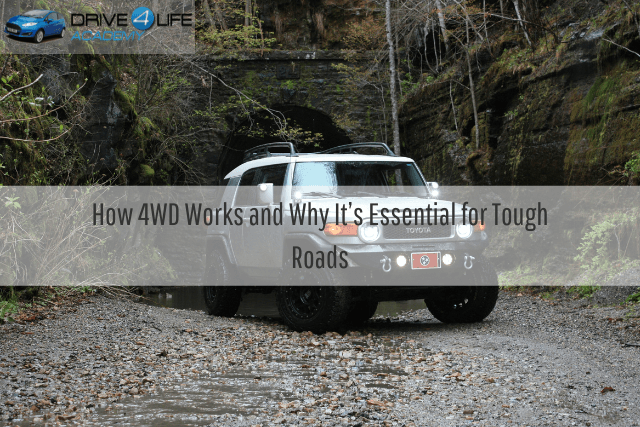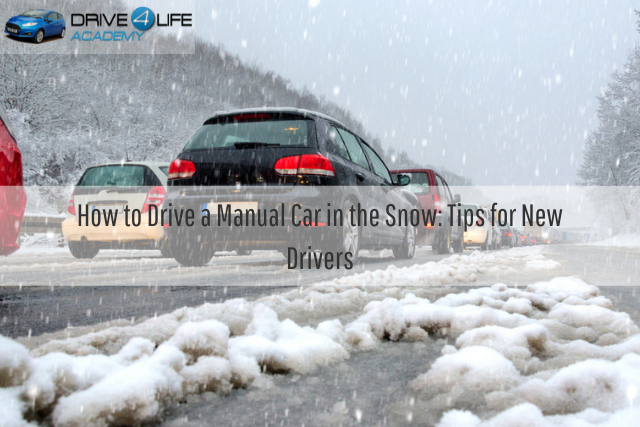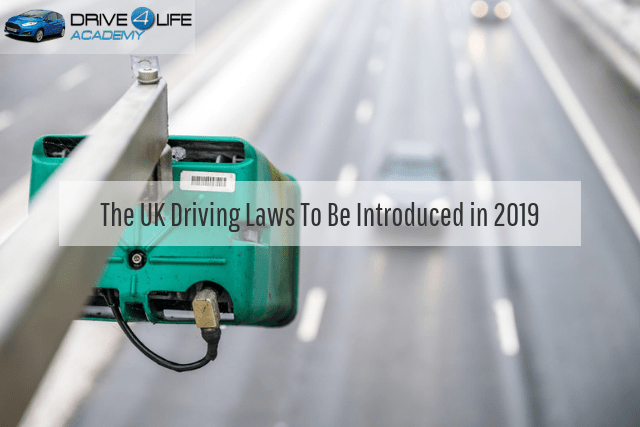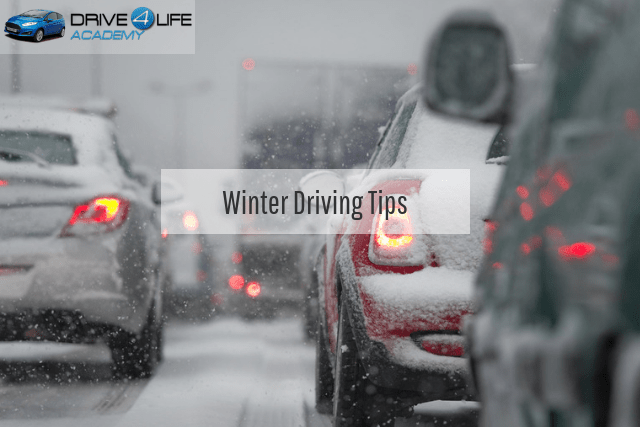How Four-Wheel Drive Works
Four-wheel drive sends engine power to all four wheels at once. This simple change makes a huge difference in how a vehicle handles tough roads. When driving a 4WD vehicle, you have a system designed to keep you moving when other cars might get stuck.
The transfer case is the key component in any 4WD system. This gearbox sits behind the transmission and splits the engine’s power between the front and rear wheels. When you engage 4WD, all wheels receive power at the same time. This means that even if two wheels hit ice and slip, the other two can still move you forward.
Modern 4WD systems use electronics to work even better. Sensors watch each wheel’s speed. When a wheel starts to slip, computers quickly send more power to the wheels that still grip the road. These systems react in a split second – often fixing the problem before you even notice it started.
Why 4WD Gives Better Traction
The main advantage of four-wheel drive is a much better grip in tough conditions. Traction means how well your tyres hold onto the road. In a regular two-wheel drive car, if the powered wheels hit ice and spin, you get stuck. A 4WD vehicle spreads power to all wheels, making it harder to lose complete traction.
This becomes important when climbing hills in bad weather. In a two-wheel drive car, the weight shifts backwards during a climb. This lifts weight off the drive wheels when you need grip the most. Four-wheel drive fixes this by powering the front wheels too, which stay pressed firmly on the road during climbs.
The science is straightforward: by spreading power across four tyres instead of just two, each tyre handles less force. When a regular car tries to move on snow, too much power goes to too few wheels, causing them to spin. A 4WD spreads that same power across twice the surface area, keeping each wheel below the point where slipping starts.
4WD in Different Tough Conditions
Winter driving shows 4WD at its best. Snow and ice can reduce tyre grip by 90% compared to dry roads. While this affects all vehicles, 4WD makes better use of whatever grip remains. When driving through snow, having all four wheels working together often means the difference between moving forward and getting stuck.
Off-road driving reveals another strength of 4WD. On rough terrain, wheels often lift off the ground as you drive over bumps. Two-wheel drive vehicles get stuck when a powered wheel loses contact with the ground. 4WD systems simply send power to the wheels that still touch the surface. This lets you drive over rough trails, rocks, and mud that would stop normal cars.
Rainy weather also benefits from 4WD. Wet roads reduce traction, especially when rain first starts and mixes with oil on the road. Four-wheel drive vehicles maintain better control by spreading power across all tyres. This reduces the chance of sliding when starting from a stop or changing lanes.
4WD vs. AWD: What’s Different
Four-wheel drive (4WD) and all-wheel drive (AWD) both power all four wheels, but they work differently. True 4WD systems include a two-speed transfer case with high and low gearing options. The low range setting greatly increases torque to the wheels, giving you precise control at very low speeds while making it easier to climb steep terrain.
Most 4WD systems let you switch between two-wheel and four-wheel drive depending on conditions. This saves fuel during normal driving while keeping full capability available when needed. Many systems also have locking differentials that force wheels on the same axle to turn at the same speed regardless of traction differences.
All-wheel drive systems work automatically without driver input. They work well for everyday driving and moderate bad weather but lack the specialized equipment needed for serious off-road driving. Without low-range gearing or locking differentials, AWD focuses on normal road driving and light bad weather rather than conquering difficult terrain.
What 4WD Can’t Do
Despite its capabilities, four-wheel drive has limits everyone should understand. One dangerous myth is that 4WD improves braking. In truth, stopping distance depends on tyre grip and brakes, not drive configuration. Four-wheel drive helps you accelerate and maintain momentum but gives no advantage when stopping. In fact, the extra weight of 4WD parts may slightly increase stopping distances.
Another misconception involves cornering. While 4WD enhances stability during powered turns, it can’t increase the maximum grip your tyres have. Taking corners too fast will still cause skidding regardless of how many wheels receive power. The system helps use the grip you have more effectively, but it doesn’t create extra grip.
Many drivers wrongly believe 4WD makes getting stuck impossible. While these systems greatly improve mobility, they can’t overcome extreme conditions that exceed the vehicle’s ground clearance or when there’s virtually no traction available. Very deep snow, mud, or water can still stop even the most capable 4WD vehicles.
How 4WD Is Getting Better
Four-wheel drive technology keeps improving with new automotive innovations. Electric vehicles show the most exciting development, with individual motors at each wheel enabling precise traction control. These systems can adjust power to each wheel independently within milliseconds – something impossible with traditional mechanical setups.
Advanced computers and sensors are changing how 4WD systems respond to road conditions. Rather than reacting after wheels slip, newer systems can predict traction needs based on data analysis. Some detect changes in the road surface or temperature and adjust power distribution before wheels start to slip.
These advances make 4WD systems more practical for everyday use. Modern engineering has reduced the traditional weight and fuel efficiency penalties through lighter materials and smarter power management. These improvements make 4WD a sensible option for many drivers who sometimes face challenging conditions.
Confidence When Roads Get Tough
Four-wheel drive changes how vehicles interact with the road by sending power to all four wheels. This maximizes available traction, improves stability, and lets you drive confidently in conditions that challenge normal vehicles.
For drivers who regularly face winter weather, rural roads, or outdoor adventures, four-wheel drive often proves essential. The ability to keep moving when conditions worsen can make the difference between completing your journey safely and getting stranded in potentially dangerous situations.
While no system can overcome the laws of physics, properly used four-wheel drive creates a wider safety margin in challenging conditions. By understanding both what 4WD can and cannot do, you make better decisions about when and how to use these impressive capabilities. Whether facing a snowy commute or a weekend adventure on dirt roads, 4WD delivers the traction and confidence to keep moving when driving gets difficult.



 Motor vehicles have existed for well over a century and it therefore makes perfect sense that the government of the United Kingdom needed to adopt the proper regulations from a very early stage.
Motor vehicles have existed for well over a century and it therefore makes perfect sense that the government of the United Kingdom needed to adopt the proper regulations from a very early stage. 



